Blue Bird Clematis Seeds
$49.90 Original price was: $49.90.$18.00Current price is: $18.00.
In stock
Nodding Spring Bells that May Repeat!
Silvery seedheads make fine everlastings for the vase
Genus: Clematis
Species: x
Variety: ‘Blue Bird’
Item Form: (P) Pkt of 10 seeds
Zone: 3 – 9
Bloom Start to End: Mid Spring – Late Spring
Clematis Pruning: Group 1
Habit: Vining
Plant Height: 8 ft – 10 ft
Plant Width: 24 in
Bloom Size: 2 in – 3 in
Additional Characteristics: Butterfly Lovers,?Double Blooms,?Easy Care Plants,?Flower,?Pruning Recommended,?Repeat Bloomer,?Rose Companions
Bloom Color: Blue,?Lavender
Foliage Color: Dark Green
Light Requirements: Full Sun,?Part Shade
Moisture Requirements: Moist,? well-drained
Resistance: Cold Hardy,?Disease Resistant,?Drought Tolerant,?Heat Tolerant,?Humidity Tolerant
Soil Tolerance: Normal,? loamy
Uses: Border,?Containers,?Cut Flowers,?Everlastings,?Outdoor,?Vines and Climbers
Restrictions:
*Due to state restrictions we cannot ship to the following:
Virgin Islands,?Canada,?Guam,?Hawaii,?Puerto Rico
A classic that never falls from favor, this Canadian cross of C. macropetala x C. alpina cultivars delights with semi-double "lanterns" of purest blue surrounding a cream-to-green center. The blooms appear most heavily in spring, occasionally repeating in midsummer, on climbing plants that easily tolerate partial shade. Very easy to grow, always dependable, and adaptable to a wide range of climates and garden conditions, Blue Bird deserves a place of honor in your sunny border or best container!
'Blue Bird' offers nodding blooms that open from large, egg-shaped buds that are themselves quite attractive. Two to three inches wide, the flowers seem to float weightlessly, their blue petals spread wide to reveal the central "tongue" of white to key-lime green. Among the first Clematis to flower each spring, Blue Bird follows its blooms with large, wispy seedheads of silver that make attractive and long-lasting additions to dried arrangements in the vase or wreath. And often the show is repeated, on a smaller scale, in summer!
Bred in Canada by F. L. Skinner in 1962, Blue Bird is quite prepared to tackle rough winter weather, and also fares well in the sultry southern and western summers of the U.S. Unlike most ornamental Clematis, it does not mind a bit of shade, making it invaluable in gardens where sunshine is a scarce commodity.
Blue Bird is a Group I Clematis for pruning purposes, welcome news indeed to any seasoned Clematis grower! It flowers on old wood, so needs no pruning at all. If, however, you want to contain and shape this climber, cut it back directly after the blooms pass in late spring. This will give the plant time to grow all summer, ensuring you of flowers the following spring. (If something goes amiss and your pruning is delayed, no worries — Blue Bird will continue to thrive, and the flowers will reappear one season later.) Whether you plan to prune Blue Bird annually, sporadically, or not at all, DO be sure to cut it back the first and second year in late spring. This will create more stems and result in a lifetime of lush, full growth.
Reaching 8 to 10 feet long and about 2 feet wide, Blue Bird is ideal for threading through fences and up among the open, bare branches of shrubs and trees that are late to leaf out in spring. Like all Clematis, it is a good companion to climbing roses, though its earlier bloomtime means that you will get a succession of flowers (first the Clematis, then the Rose) rather than a combination of both at the same time. It does well tumbling down the levels of terrace gardens, and likes to blanket a big boulder or other architectural feature in the garden. Never invasive, it grows easily and well, establishing slowly (the way of all Clematis!) and surely.
Do consider making Blue Bird part of your sunny to lightly shaded border. Its color is hard to find in the garden, its performance always reliable and often exceptional, and its beauty unmatched. Zones 3-9. Group I.
| Weight | 1 kg |
|---|---|
| Dimensions | 1 × 1 × 1 cm |
Be the first to review “Blue Bird Clematis Seeds” Cancel reply
Shipping is an additional 15-29 business days depending on location. Shipping time will be provided at checkout.
Returns
If seeds fail to leave China, we will refund your payment 100%. But if seeds fail to reach you due to customs problem on your side which we were not informed in advance, we will not be able to bear any loss, and no refund will be made.
We sell only viable plants seeds online, and test germination of our seeds from time to time. So we will not be able to refund for seeds that clients fail to germinate, unless we are convinced that it's truly problem of our seeds.
———
Please send us an email: [email protected] and be as detailed as possible while filling in the information.
After submission, We will reply to you within 24 hours. Please be patient.
———
CHARGEBACKS & DISPUTES
Please contact us by email before opening a merchant chargeback or payment dispute, as we can generally resolve the issue before that takes place. Any chargebacks and disputes disable our ability to issue refunds or credits due to funds being frozen.
———
REFUND, EXCHANGE AND RETURN
Customers have the right to request a refund/ return/ exchange within 14 days from the delivery date. Our Customer Service team will offer the best solutions for specific situations.
Related products
Clematis
Clematis
Clematis
Clematis
Clematis
Clematis
Clematis
Clematis


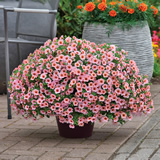
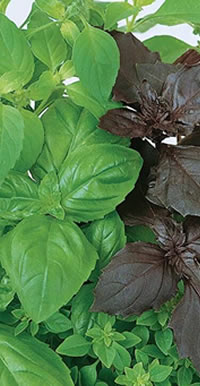
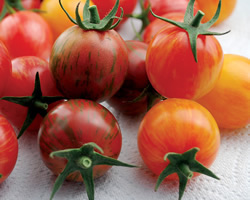
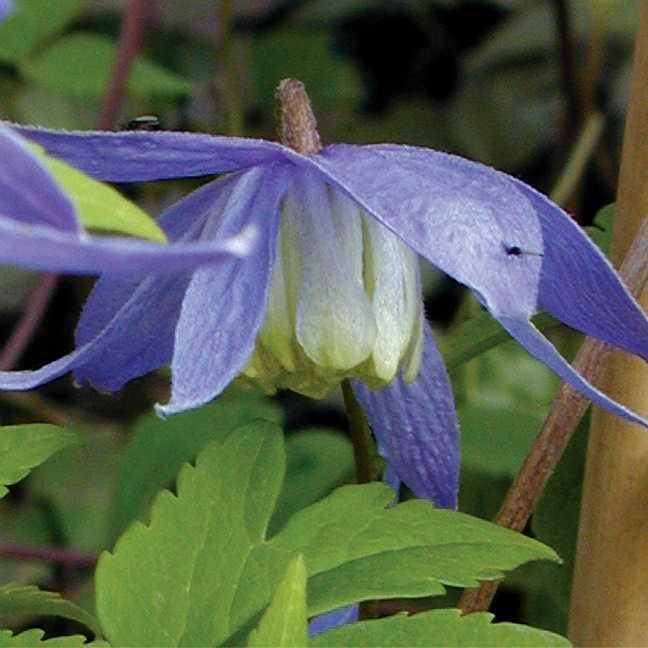
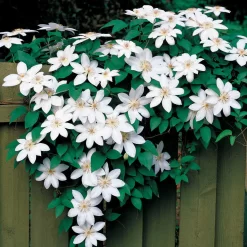
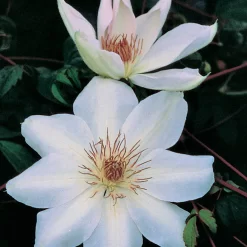
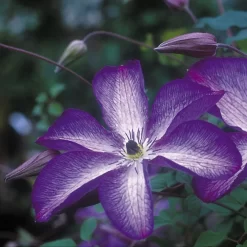
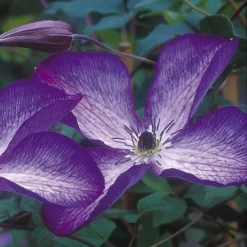
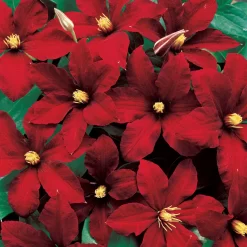
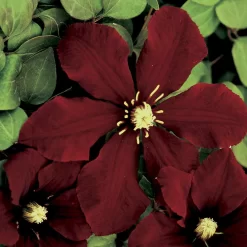
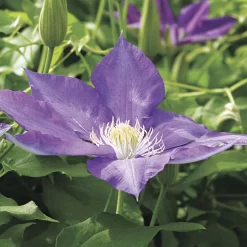
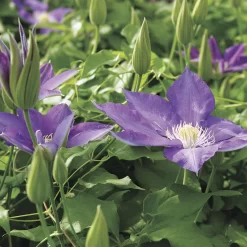
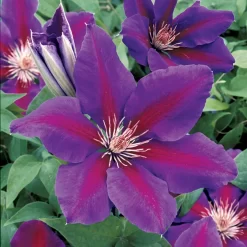
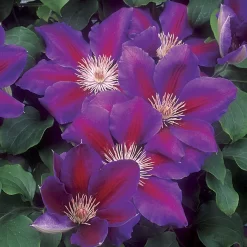
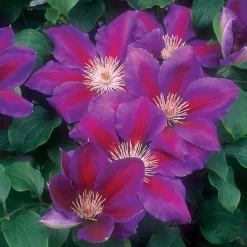
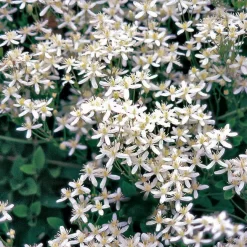
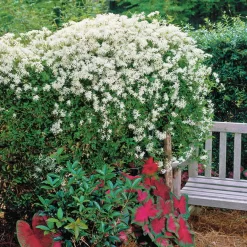
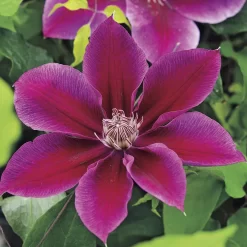
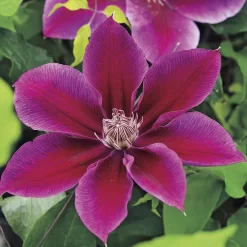
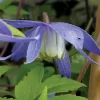
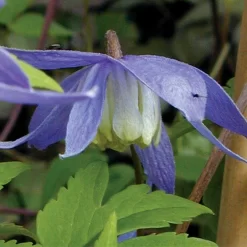
Reviews
There are no reviews yet.